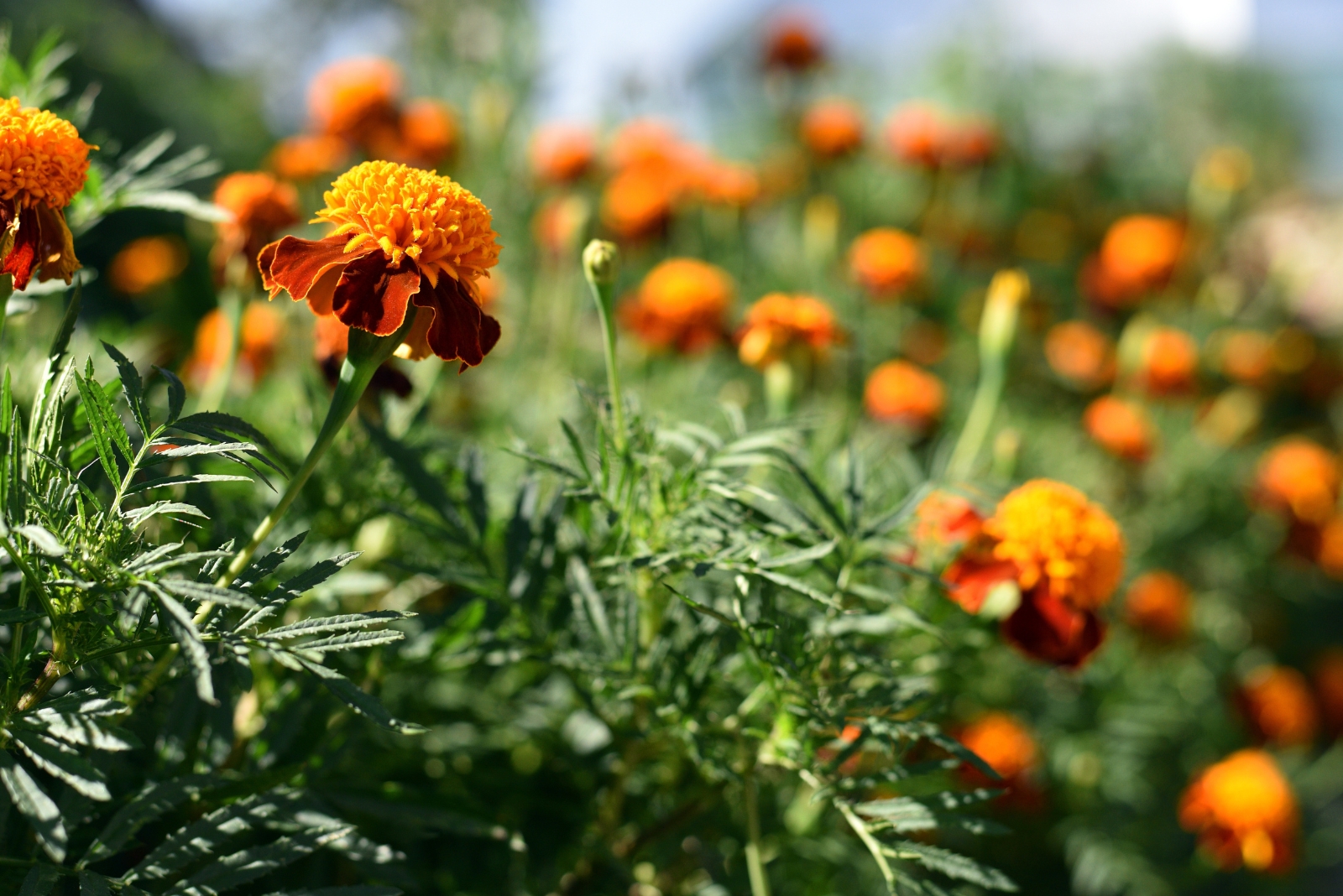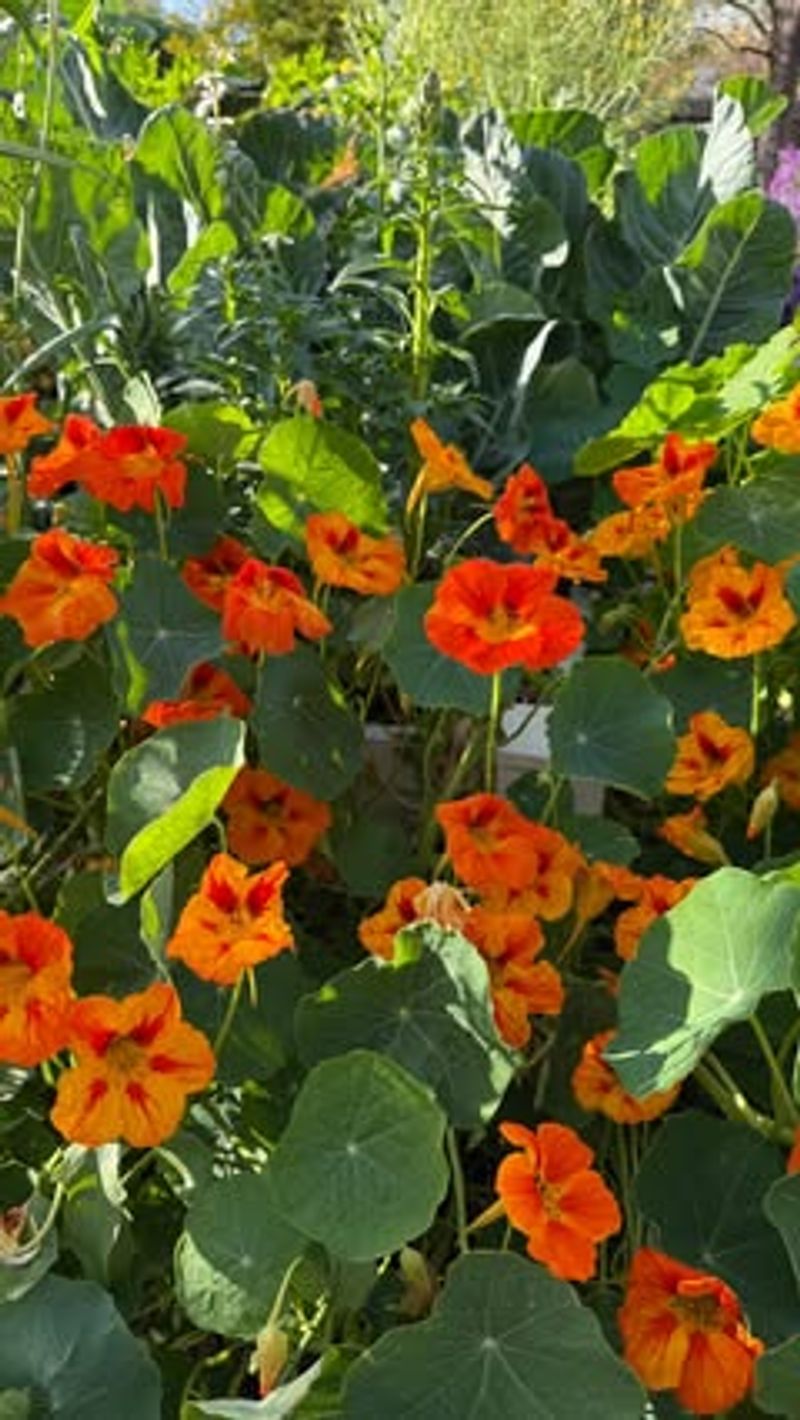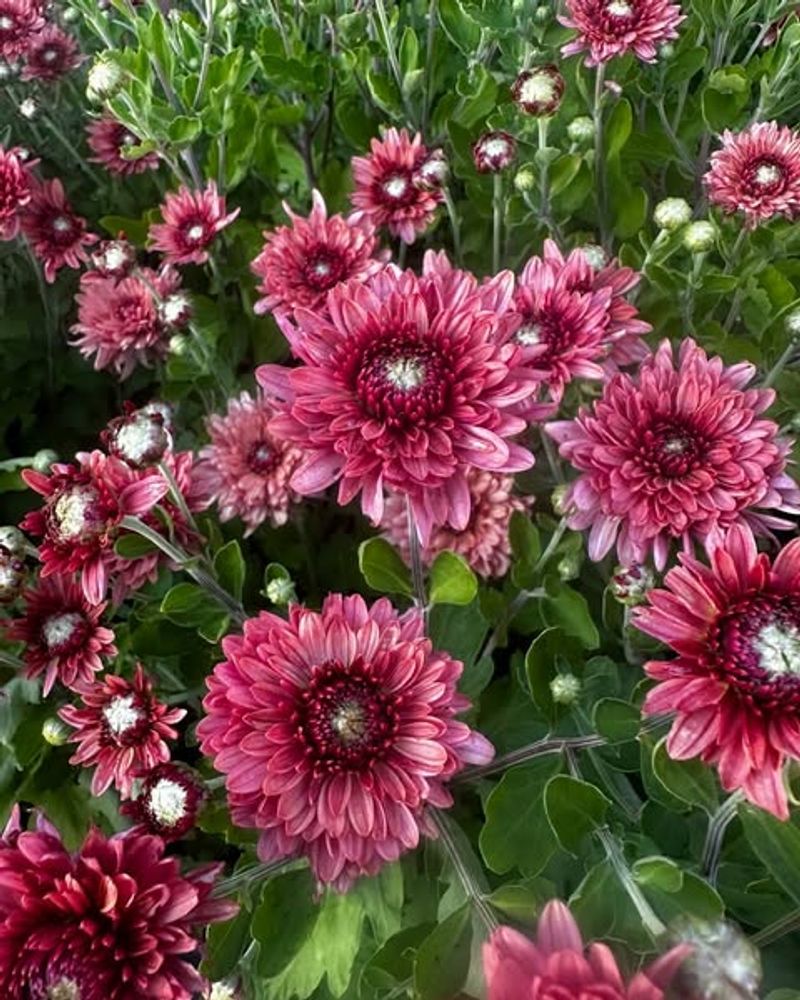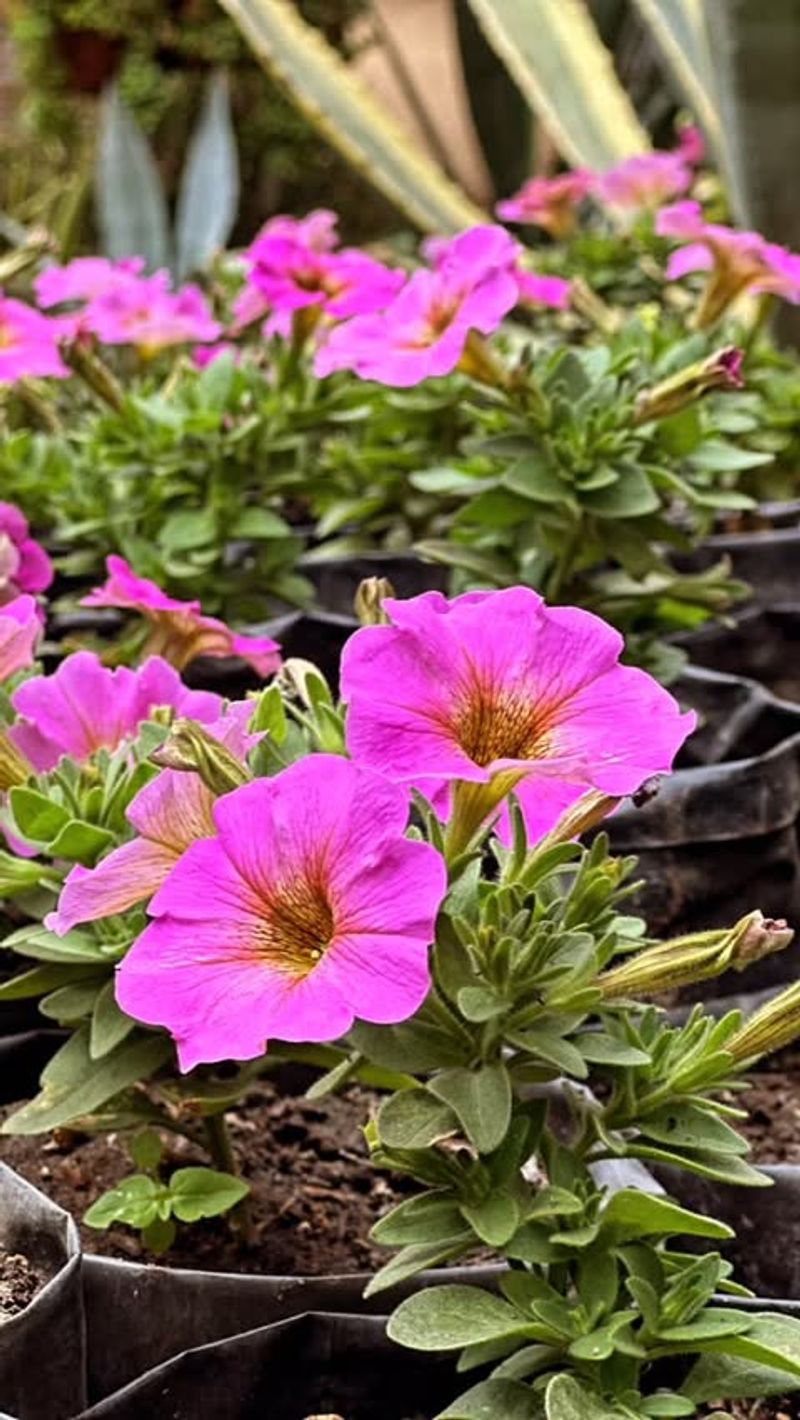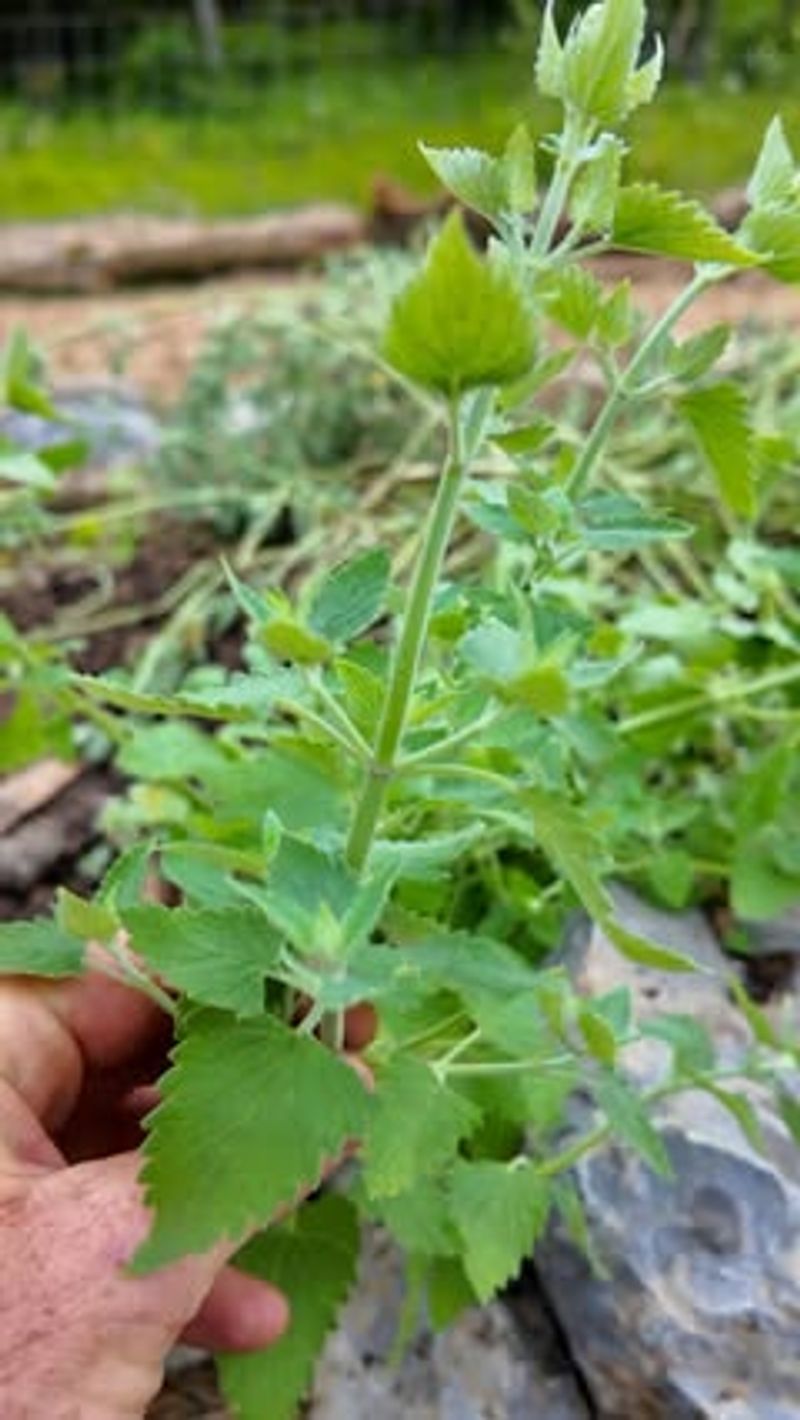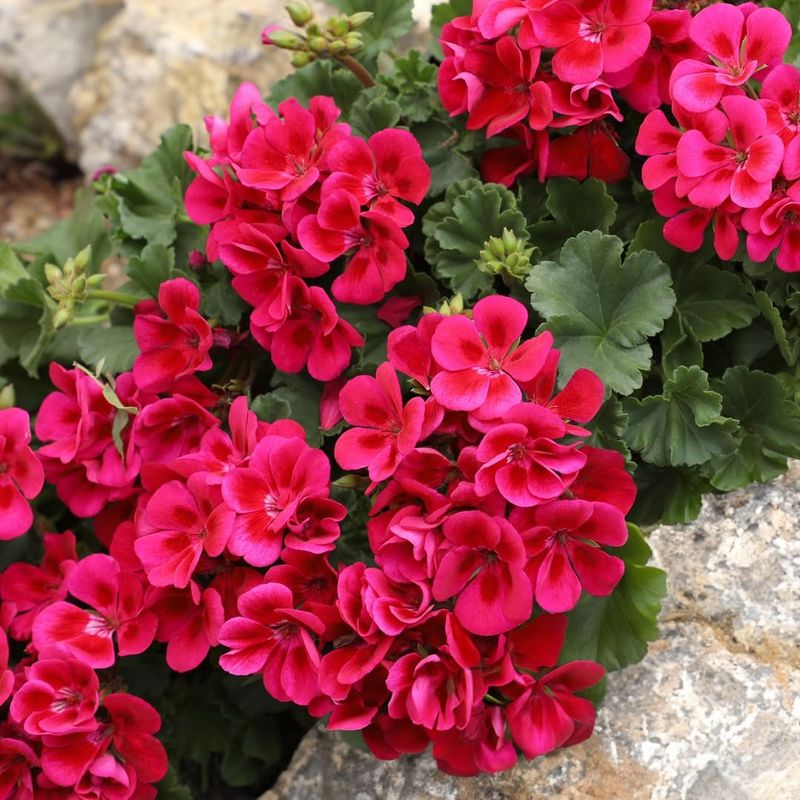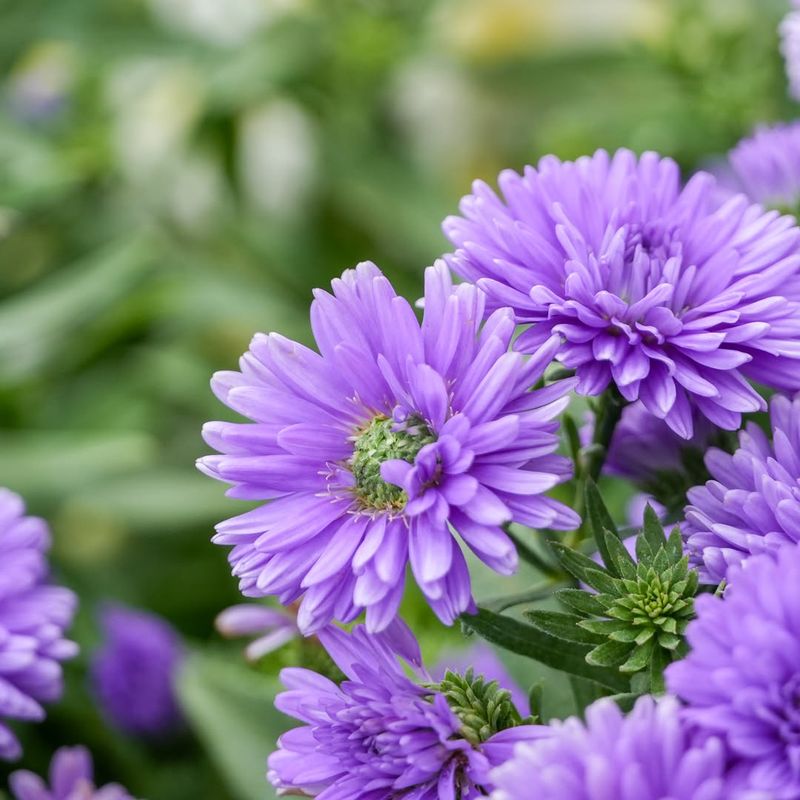Maryland gardens can get overrun with aphids before you even notice them appearing. Some flowers quietly keep them in check, and I’ve leaned on these choices more than once.
They look good and work hard at the same time. It’s such a relief finding plants that do the pest-fighting for you.
1. Marigolds
Marigolds bring cheerful color while working hard behind the scenes to protect your garden. Their strong scent confuses aphids and other unwanted bugs, making them think twice before settling in.
Maryland gardeners love planting marigolds around vegetable patches and flower beds. The bright blooms come in shades of orange, yellow, and red, adding visual interest all season long.
Plant them in full sun and well-drained soil for best results. They’re incredibly easy to grow from seed and will bloom from late spring until the first frost hits your area.
2. Nasturtiums
Here’s a clever trick: nasturtiums actually attract aphids away from your prized plants. They act as a sacrificial crop, drawing pests to themselves instead of your tomatoes or roses.
Both the flowers and leaves are edible, adding a peppery kick to salads. Maryland gardeners appreciate their dual purpose as pest magnets and culinary delights.
These fast-growing annuals thrive in poor soil and don’t need much fussing over. Plant them near vegetables or ornamentals you want to protect, and watch them work their magic throughout the growing season.
3. Lavender
Lavender’s soothing fragrance might calm your nerves, but it sends aphids running in the opposite direction. The essential oils in its leaves and flowers create a natural barrier against these pesky insects.
Maryland’s climate suits lavender well, especially varieties like English lavender. Plant it in sunny spots with excellent drainage to prevent root rot.
Beyond pest control, you can harvest the blooms for sachets, cooking, or homemade soaps. Butterflies and bees adore lavender, making it perfect for pollinator-friendly gardens throughout the state.
4. Chrysanthemums
Mums contain pyrethrin, a natural compound used in many organic insecticides. This powerful ingredient repels aphids and numerous other garden pests without harming beneficial insects when left on the plant.
Fall gardens across Maryland burst with color thanks to these hardy bloomers. They come in almost every color imaginable and different flower forms, from pompoms to daisies.
Plant chrysanthemums in spring or early summer for fall blooms. They prefer full sun and regular watering, rewarding you with weeks of gorgeous flowers while keeping your garden pest-free naturally.
5. Alliums
Ornamental onions pack a one-two punch against aphids with their strong sulfur compounds. Even though they’re related to kitchen onions and garlic, these stunning flowers deserve a spot front and center in your beds.
The dramatic purple spheres tower above other plants, creating architectural interest. Maryland gardeners plant them in spring for early summer blooms that last for weeks.
Alliums prefer well-drained soil and full sun exposure. After flowering, the seed heads remain attractive and provide winter interest, while the bulbs multiply underground to create larger displays each year.
6. Petunias
Petunias might look delicate, but they’re tough on aphids and other soft-bodied insects. Their slightly sticky foliage traps small pests, while their scent deters others from landing nearby.
Container gardens and hanging baskets across Maryland showcase petunias all summer long. They bloom continuously with minimal deadheading, providing non-stop color from May through October.
Choose wave or spreading varieties for ground cover, or upright types for borders. They need full sun and regular feeding to keep producing those vibrant flowers that protect your garden naturally.
7. Catnip
Your cat isn’t the only one affected by catnip—aphids absolutely hate it. The nepetalactone oil that drives felines crazy repels numerous garden pests effectively and naturally.
Maryland gardeners find catnip incredibly easy to grow, sometimes too easy. It spreads enthusiastically, so consider planting it in containers or designated areas to keep it contained.
The gray-green foliage and small purple flowers attract beneficial pollinators while keeping harmful insects away. Plant it near vegetable gardens or anywhere aphids cause trouble, and enjoy watching your cat roll around in it too.
8. Geraniums
Scented geraniums release aromatic oils that confuse and repel aphids remarkably well. Varieties like lemon, rose, and peppermint-scented types work best for pest control while smelling absolutely wonderful.
Window boxes and patio containers throughout Maryland feature these reliable bloomers. They tolerate heat and drought once established, making them perfect for busy gardeners.
Regular geraniums also help, though scented varieties provide stronger protection. Pinch back stems regularly to encourage bushier growth and more flowers, creating a denser barrier against pests throughout your growing season.
9. Asters
Native asters bring late-season color while naturally resisting aphid attacks. Their tough foliage and bitter compounds make them unappealing to these sap-sucking pests, protecting nearby plants too.
Maryland’s native New England asters thrive in local conditions and support native pollinators beautifully. They bloom when many other flowers have finished, extending your garden’s season.
Plant asters in full to partial sun with average soil. They spread slowly to form attractive clumps that get better each year, providing reliable pest protection and stunning purple blooms when your garden needs them most.

